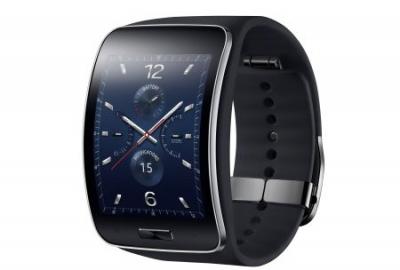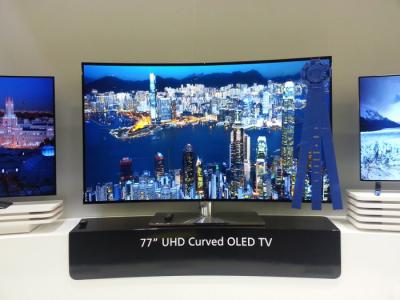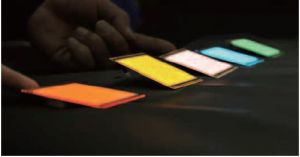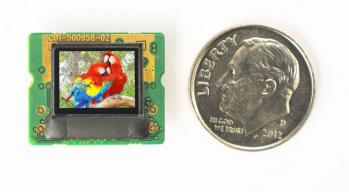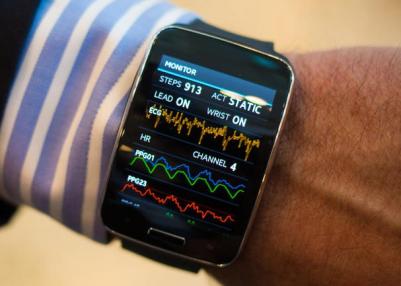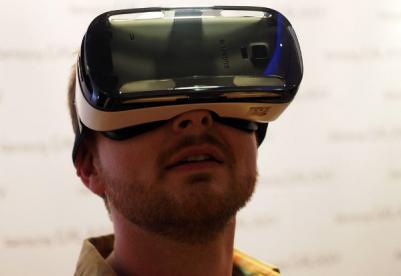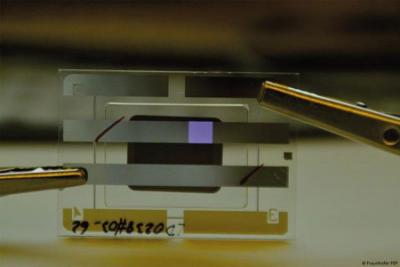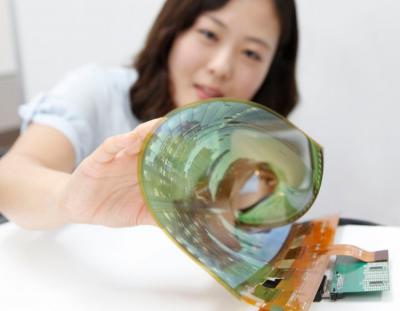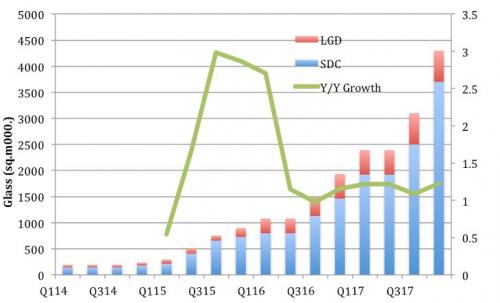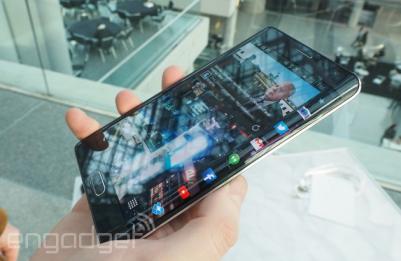Samsung's Gear S is now shipping in the US
Samsung's latest smart watch, the Gear S, is now shipping in the US. AT&T offers it for $200 with a two-year contact and you can also get it unlocked for $355.
The Gear S has a flexible (curved) 2" 360x480 (300 PPI) plastic-based Super AMOLED display and it includes a 3G chip so it doesn't have to be paired with a smartphone. Other features include Tizen OS, seven sensors (accelerometer, gyroscope, compass, heart rate, ambient light, UV and barometer) and a 300 mAh battery that should last for two days.
